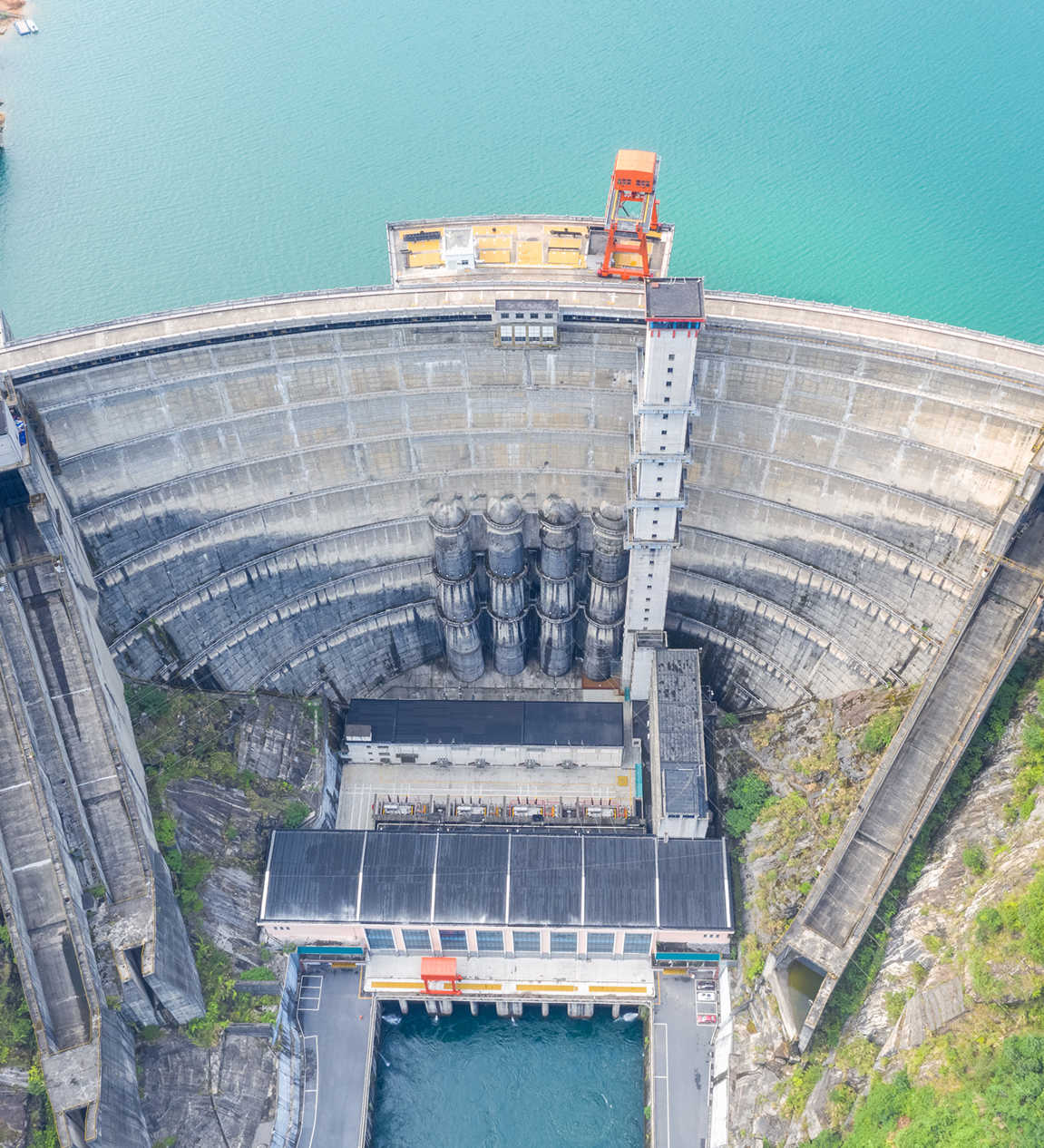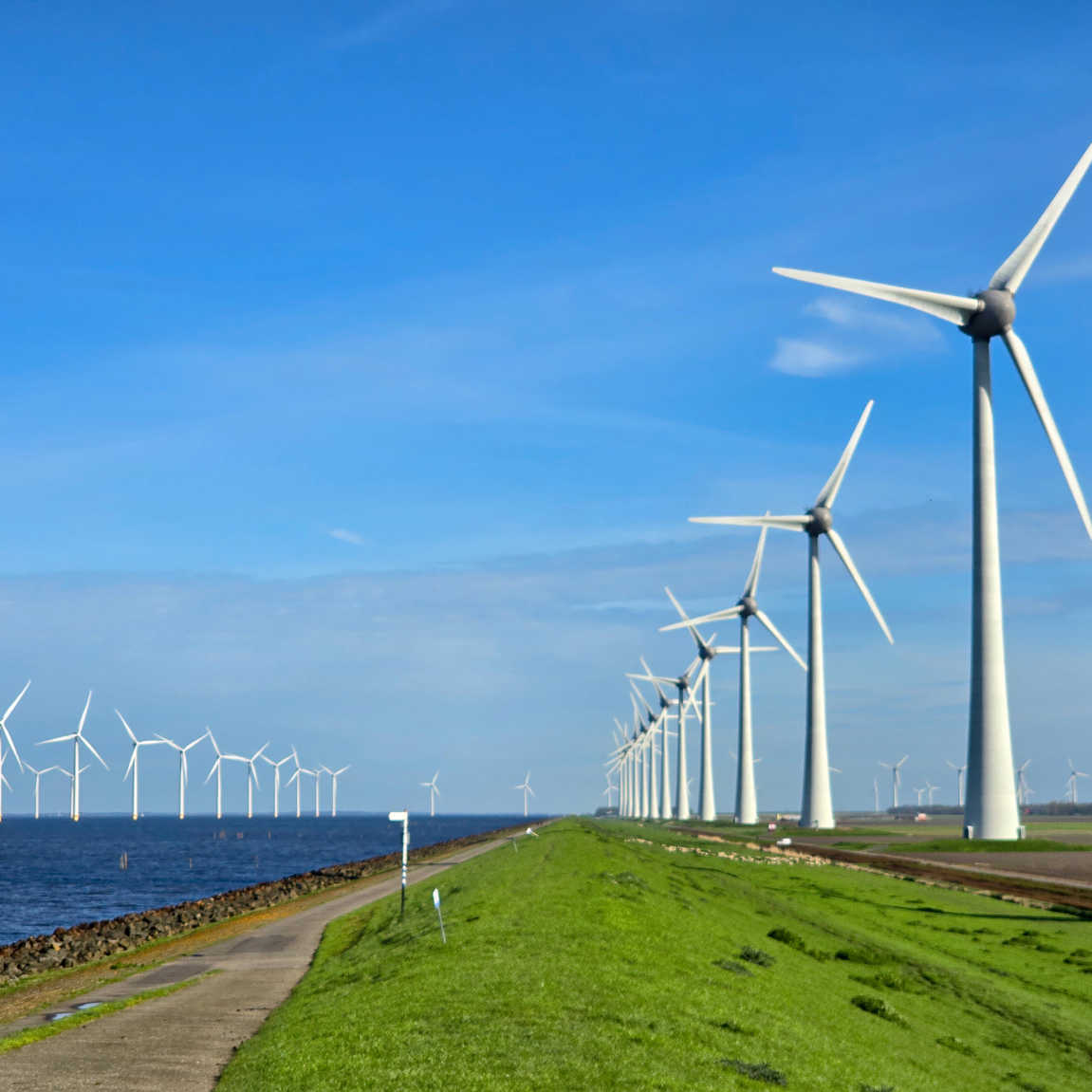
Developing Voluntary Carbon Projects
Gönüllü karbon projeleri, işletmelerin sürdürülebilirlik hedeflerine ulaşmasına ve karbon emisyonlarını dengelemesine yardımcı olan önemli bir araçtır. Bu projeler, sera gazı emisyonlarını azaltarak çevresel ve sosyal faydalar sağlar.
Gönüllü karbon piyasaları, şirketlerin emisyonlarını telafi etmek için dahil olabileceği esnek mekanizmalardır. Uluslararası standartlara uygun projeler Gold Standard (GS), Verified Carbon Standard (VCS) gibi bağımsız kuruluşlar tarafından doğrulanarak, karbon piyasalarında ticarete konu olabilmektedir.
Gönüllü karbon projelerinin başarılı bir şekilde geliştirilmesi için doğrulama, izleme ve yeniden değerlendirme süreçleri titizlikle yürütülmelidir. Bu projeler, işletmelere karbon azaltımı sağlarken aynı zamanda çevresel, sosyal ve yönetişim (ESG) kriterlerine uyum sağlama fırsatı sunar.
Process of Developing Voluntary Carbon Projects
1. Project Identification and Pre-Feasibility Studies
The process of developing voluntary carbon credits starts with determining the technical and financial feasibility of the project. At this stage:
- The boundaries and methodology of the project are determined.
- Existing emission data are analysed and a baseline scenario is created.
- The amount of carbon credits that can be obtained within the scope of the project is estimated by calculating the carbon reduction potential.
- The viability of the project is assessed in terms of investors and stakeholders.
At the end of the process, it is ensured that it is determined which carbon crediting mechanism the project will be compatible with and which certification process it will be included in.
2. Methodology Selection and Project Documentation
The methodology according to which the project will be developed should be determined depending on the type of project. The appropriate methodology is selected from the methodologies published by programmes such as Gold Standard (GS), Verified Carbon Standard (VCS). At this stage:
- Project Design Document (PDD) is prepared.
- Emission reduction measurement methods and monitoring plans are determined.
- Social and environmental impacts are assessed by ensuring relevant stakeholder participation.
According to the selected methodology, the PDD document details the carbon reduction targets of the project, project boundaries and the measurement mechanisms to be applied.
3. Listing & Validation Process
The verification phase of the project is carried out by independent third party verification bodies (DOEs - Designated Operational Entities & VVB - Validation and Verification Body). In this phase:
- The additionality analysis of the project is assessed.
- Compliance with the methodology is audited and risk analyses are performed.
- The project process and documents are approved by the independent verification authority.
Successful completion of the listing and validation process allows the project to be registered and enter the voluntary carbon markets.
4. Monitoring and Reporting
In order for carbon credit generation to be reliable, the project process needs to be monitored and reported regularly. At this stage:
- Greenhouse gas reduction measurements are made according to the determined methodology.
- Carbon emission data is collected periodically.
- The monitoring process is audited and recorded by independent auditors.
During the monitoring process, field inspections are carried out to ensure that the project realises its emission reduction potential and data is reported in accordance with international standards.
5. Verification Process
An independent audit process is required to verify the amount of carbon reduction achieved from the project. At this stage:
- The amount of carbon reduction achieved is checked by independent organizations.
- Measurement and monitoring data are evaluated according to international verification standards.
- Verified emission reductions are converted into carbon credits and become tradable.
The verification process is a critical step that guarantees the validity of carbon credits in the markets.
6. Revalidation and Update Process
Carbon projects need to be re-evaluated periodically to ensure their long-term impact. At this stage:
- Project methodology is updated and new calculations are made.
- Data and monitoring plans are updated and new reports are prepared.
- The validity of carbon credits is renewed by carrying out new verification processes related to the project.
The Revalidation and Update Process is important to ensure the long-term sustainability of the project and to maintain the validity of the carbon credits.

What are the Advantages of Developing Voluntary Carbon Projects?
Carbon reduction projects help companies reduce their environmental impact by offsetting their emissions.
Contributes to biodiversity by protecting natural habitats and ecosystems.
Reduces dependence on fossil fuels by promoting the use of renewable energy.
Protects carbon sinks by helping to prevent deforestation.
Contributes to the efficient use of water resources by promoting sustainable water management practices.
Contributes to sustainable food production by promoting environmentally friendly agricultural practices.
Makes it easier for companies to achieve their net zero emissions targets.
Enhances brand value by creating an environmentally responsible corporate image.
Increases investor and consumer confidence by attracting green investment and a more environmentally aware customer base.
As Greenlife Consulting, we offer comprehensive technical support in the development of voluntary carbon projects, the completion of validation and verification processes, certification procedures and integration into carbon markets.
Let’s Start Today!
for a sustainable future..
For a sustainable future, send us your information and we will contact you.